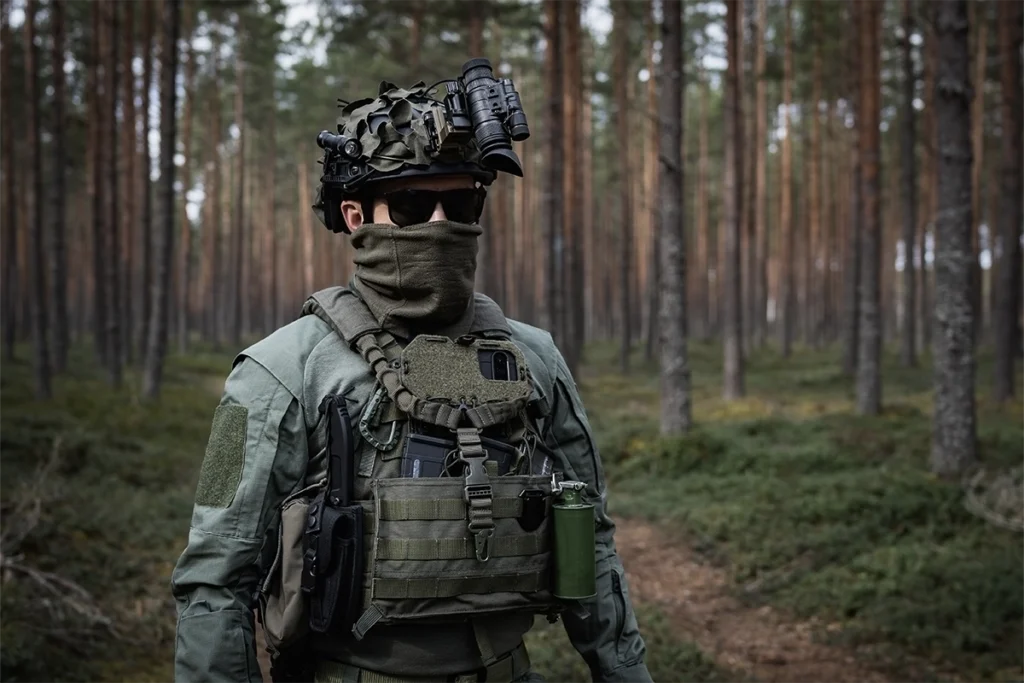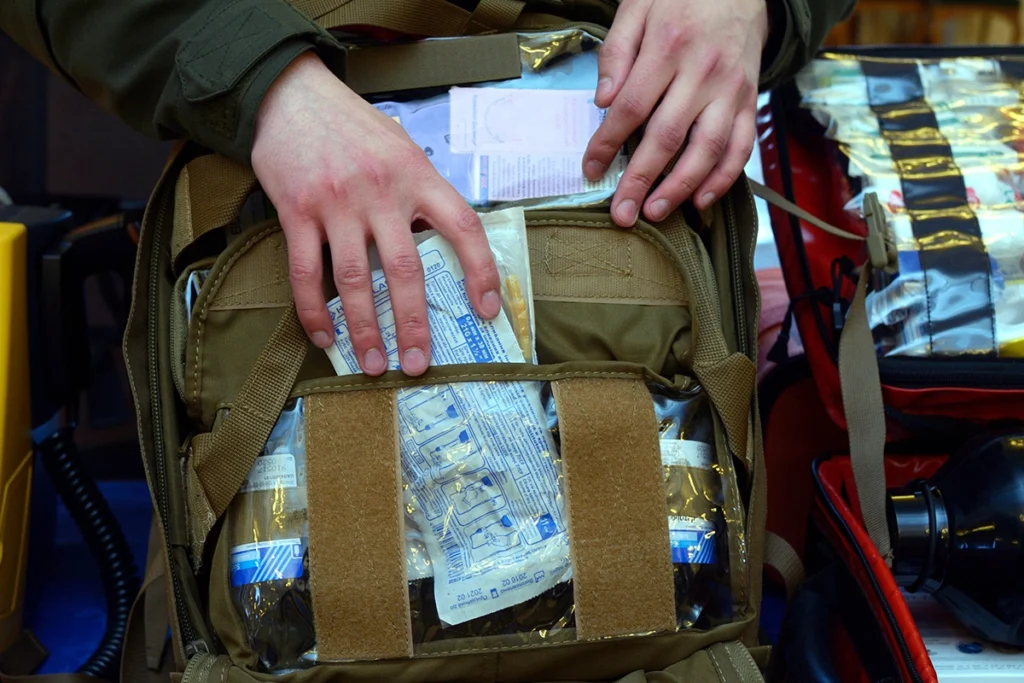Professional gear is much more than just the sum of its parts. It’s a carefully planned whole where every element has its place and purpose, and all components work together to create a cohesive platform. This approach defines modern tactical systems. Instead of randomly choosing pouches and vests, it’s worth thinking of your equipment as an ecosystem that can be scaled and adapted to any mission. Understanding this concept is key to maximizing effectiveness and comfort in the field.
The essential minimum, always with you
The foundation of every tactical systems is the first line of gear. This is the absolute minimum that you always have on you, most often on a tactical belt. It’s your survival and basic operations kit, which stays with you even after taking off your vest and backpack. This is where you keep the equipment to which you must have immediate and unconditional access.
What does the first line consist of? Typically, it includes a handgun in a holster, a spare magazine, an IFAK (Individual First Aid Kit), and tools such as a knife or a multitool. A well-configured belt is the foundation that provides you with basic combat and life-saving capabilities, regardless of the rest of your equipment.

The vest is the heart of your system
The second line is the heart of your system, built around a vest – most often a Plate Carrier or Chest Rig. It’s on this platform that you carry the main equipment necessary to complete your task. This is the platform you configure directly for the mission, the type of weapon used, and the anticipated duration of the operation. The flexibility of the second line is precisely what determines the versatility of the entire set.
The vest usually holds pouches for the main weapon’s magazines, communication systems (radio), additional medical equipment, and other specialized tools. Thanks to the MOLLE/PALS mounting system, you can arrange these elements as you wish, ensuring optimal ergonomics and speed of access to your gear. It’s your command center in the field.
Gear for extended operations
The third line of gear is the equipment carried in a tactical backpack. It contains everything needed to sustain operations for a longer period (over 24 hours) or in difficult conditions. This is where you will find extra ammunition, a larger water supply, food rations, a change of clothes, navigation equipment, batteries, and other elements that support your autonomy.
A good tactical backpack must not only be spacious and durable, but also designed to work with the first and second lines of gear. This means that its carrying system should not interfere with the vest, and access to the most important resources should be possible without having to remove all of the equipment. It’s your mobile logistical support.

The key to success: Integration and modularity
The true strength of tactical systems lies in their integration. The point is for all three lines to work together seamlessly. Your belt, vest, and backpack cannot be three separate entities – they must form a single, ergonomic whole that does not restrict movement and allows for effective action. That is precisely why it is so important to choose components that are compatible with each other.
By investing in gear from a single, proven manufacturer, you ensure that all elements will fit together, the materials (like Cordura) will be of the same quality, and the mounting systems will be fully compatible. It’s the conscious act of building a reliable ecosystem that will give you an edge when you need it most.


